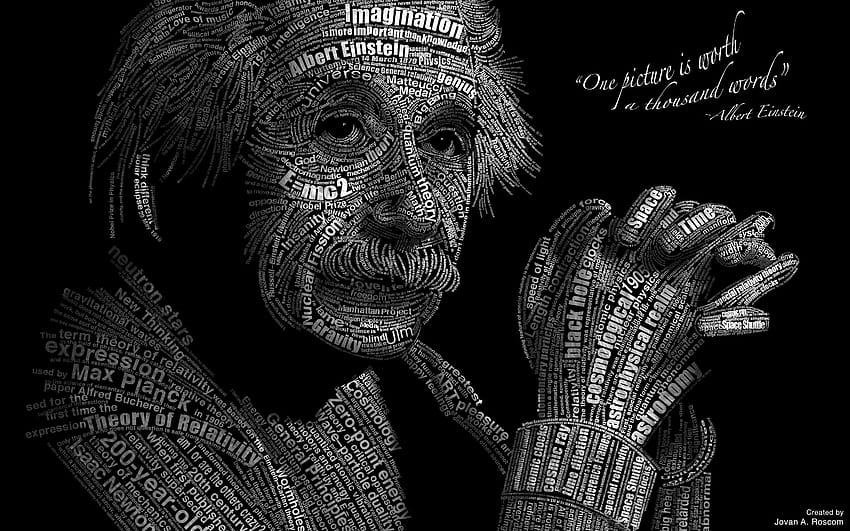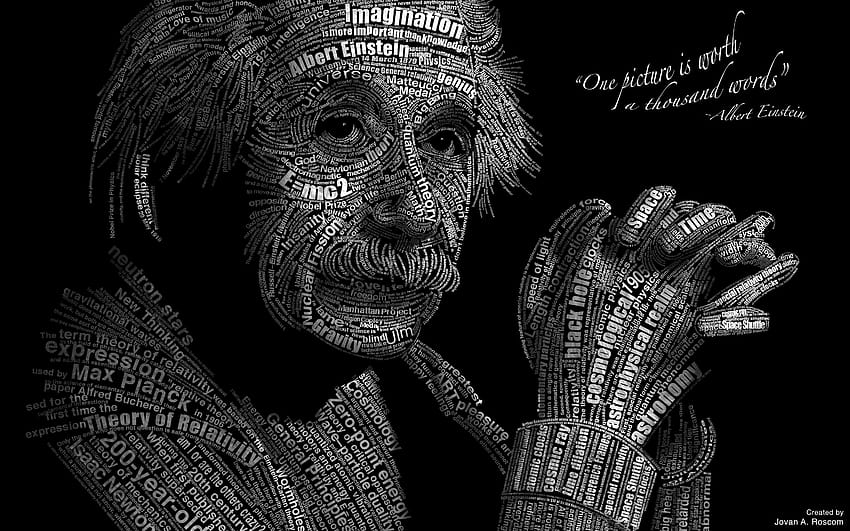Introduction:
Purpose:
This section serves as an opening to the discussion, highlighting the importance of exploring historical warriors. It aims to engage the reader by emphasizing the impact these individuals had on history through their military prowess.
Content:
It briefly introduces the roster of warriors to be discussed, emphasizing the diversity in backgrounds, strategies, and the lasting influence they had on historical events. It sets the stage for a comprehensive exploration of each warrior's life and impact.
Genghis Khan:
Background:
This section delves into Genghis Khan's early life, detailing his upbringing in Mongolia and the significance of the military education he received. It may include information about his cultural background, familial influences, and the formative experiences that shaped his approach to warfare.
Tactics:
Focuses on Genghis Khan's specific military strategies, such as his emphasis on speed, coordination, and organized chaos on the battlefield. It may discuss his innovative tactics and how he controlled the chaos of battle to achieve victories.
Legacy:
Explores the aftermath of Genghis Khan's conquests, discussing the establishment of the Mongol Empire, its geographical expanse, administrative innovations, and the enduring impact on subsequent historical events.
Alexander the Great:
Early Life and Education:
Provides a detailed account of Alexander's upbringing, education under significant figures like Philip II and Aristotle, and how these experiences contributed to his military prowess.
Military Strategy:
Explores Alexander's specific military tactics, focusing on his innovative use of weaponry (such as the sarissa), strategies employed in conquests, and notable victories.
Legacy:
Discuss the titles and accomplishments earned by Alexander, emphasizing the lasting impact of his conquests and the cultural diffusion facilitated by his campaigns.
Spartacus:
Background:
Covers Spartacus's early life, his transition from a Roman soldier to a gladiator, and the events leading up to his leadership in organizing a significant revolt against oppression.
Combat Style:
Explores Spartacus's prowess in combat, discussing his versatility with different weapons and his approach to engagements, emphasizing his strategies in leading the revolt.
End and Legacy:
Details the circumstances surrounding Spartacus's end, his legacy in challenging the Roman system, and the impact of his revolt on history and subsequent social movements.
Leonidas and the Battle of Thermopylae:
Spartan Training:
Provides insights into the Spartan training regimen, highlighting the discipline, unity, and tactical formations that contributed to their military effectiveness.
Battle Tactics:
Discusses the Battle of Thermopylae, detailing the specific strategies employed by Leonidas and the Spartans against overwhelming odds.
Symbolism:
Explores the enduring symbolism of the Battle of Thermopylae and its impact on historical narratives, emphasizing the cultural significance of the Spartan stand against the Persian invasion.
Miyamoto Musashi:
Early Life and Skill Development:
Details Musashi's upbringing, his self-taught swordsmanship, and the formative experiences that shaped his unique combat style.
Combat Style:
Explores Musashi's distinctive dual-wielding fencing style, discussing its technical aspects, effectiveness in combat, and its influence on Japanese martial arts.
Legacy and Teachings:
Highlights Musashi's impact on martial arts philosophy through his written works and teachings, emphasizing his enduring legacy in martial arts history.
Other Warriors Summarized:
Summarization:
Provides concise summaries of various other historical warriors, focusing on key aspects of their lives, strategies employed in warfare, and their lasting impacts on history. Each summary highlights their unique contributions to the narrative of historical warfare.
Conclusion:
Summary:
Recapitulates the diversity and significance of the discussed warriors, emphasizing their varied backgrounds, distinct strategies, and the enduring legacies they left in shaping historical events. It reinforces the impact of these individuals on the course of history through their military prowess and leadership.



